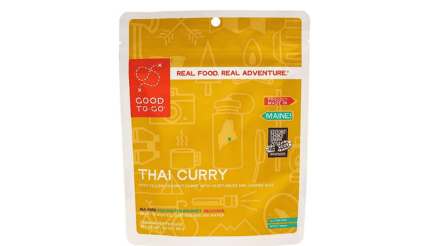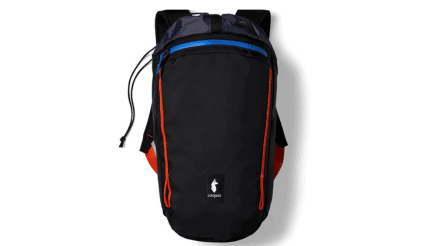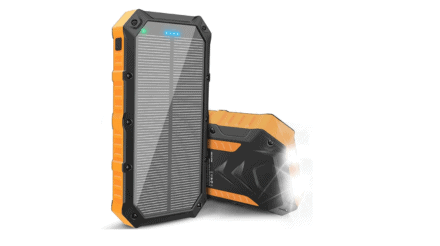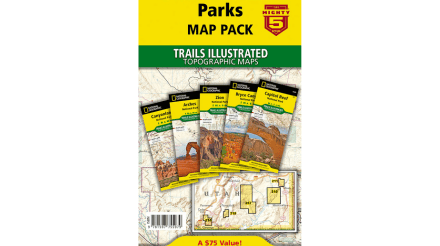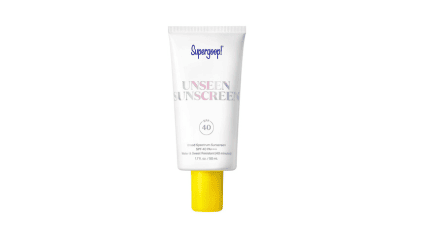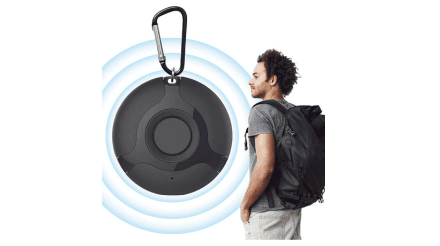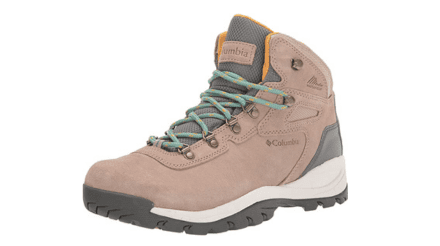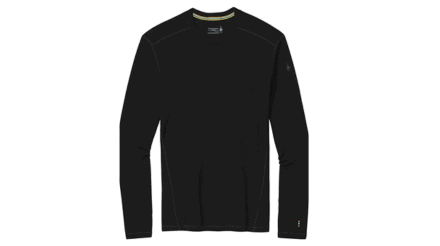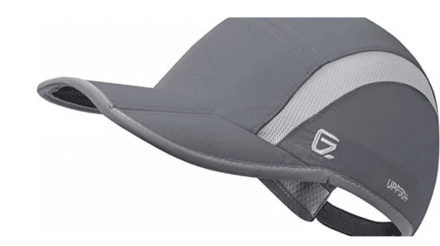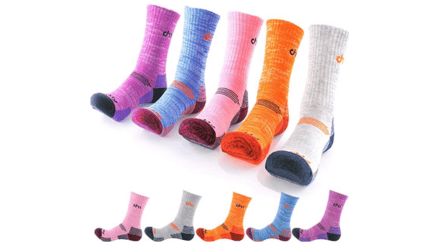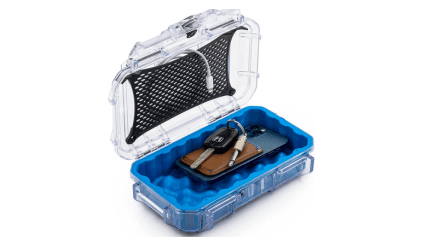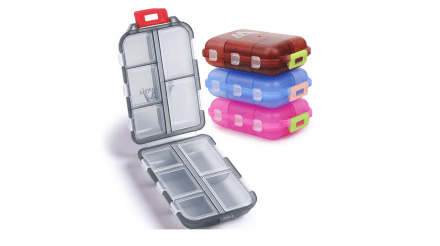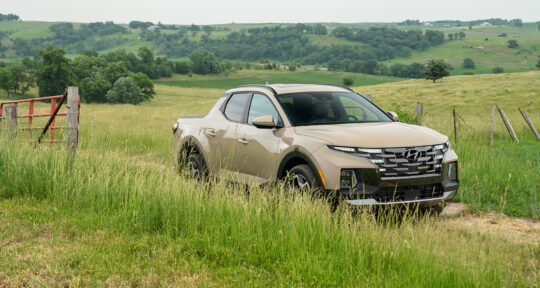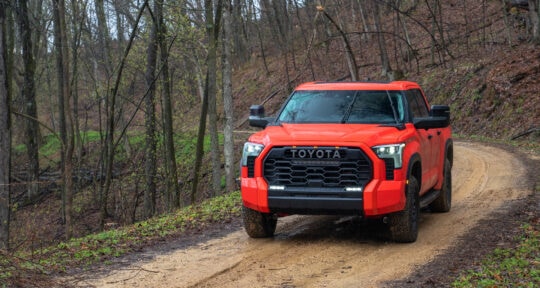National parks give people the opportunity to learn about and explore nature up close. However, visitors often forget these stunning destinations are more than tourist attractions. They’re also wild landscapes with animals, rugged terrains, and intense weather conditions that can all be dangerous if not respected and properly prepared for.
If a trip to a national park is on your road trip itinerary, here are a few items that you should pack to be prepared for weather conditions, hiking trails, pesky bugs, and unexpected situations.
4 must-visit national parks for adventure-seeking travelers
Food and gear
1. Water and snacks
Whether you’re exploring for an hour or an entire day, you should always bring water and food or snacks along for your journey. And you shouldn’t expect these items to be readily available at a moment’s notice. While some parks have food and drinks for sale in certain areas, others have limited (if any) shops or restaurants. You should always stay hydrated and pack enough food to keep yourself fueled throughout the day.
Our pick
2. Backpack or waterproof bag
Even for short park trips, you’ll want to bring a backpack or waterproof bag to keep your belongings safe and distribute weight evenly on your back—which is especially important when you’re hiking. And if you’re hiking through water or in a rainy environment, a waterproof backpack can help ensure your gear stays dry.
Our pick
3. Phone charger
Don’t plan on being close to power outlets or other areas where you can charge your phone. Bring a portable or solar charger with you if there’s an emergency and you need to reach out for help. If you’re visiting isolated areas of a park with no cell phone service, you should consider packing some type of GPS beacon for safety. This allows you to reach emergency responders without a cell phone signal.
Our pick
4. Park map
When you enter the park, grab a map to carry with you during your visit. While maps on your phone and hiking apps are helpful when your phone is charged and there’s cell service, if you’re unable to use your phone, a paper map can help you find attractions and navigate trails. Plus, these can be fun souvenirs to keep track of park visits and the trails you’ve hiked.
Our pick
5. Sunscreen
Always bring sunscreen to protect your skin, even in colder weather. Not only does sunscreen help prevent damage to your skin, it also protects from painful, irritating burns that can put a damper on any outdoor activity.
Our pick
6. Bug spray
From mosquitoes and ticks to biting flies and gnats, protecting yourself from constant bug bites is key to an enjoyable park experience. Before your visit, research the types of bugs you can expect to encounter and purchase repellents for those specific insects. Not all repellents are made the same, so it’s important to have one on hand that’s formulated to deter the environment you’re visiting.
Our pick
Clothing
7. Hiking boots or comfortable shoes
Come prepared with shoes or boots that are durable and comfortable enough to wear for the duration of your visit. Unless you’re simply driving through the park, you’ll likely be on your feet most of the time. Flip flops, open-toed shoes, and other casual footwear aren’t recommended, even if you’re not hiking. You should also consider bringing an extra pair of shoes if you’re walking through wet areas or hiking trails like Zion’s Narrows, which requires you to submerse your feet in water for most of the journey.
Our pick
8. Layers
Elevation change, desert landscapes, cold fronts, and other factors make temperatures fluctuate significantly. Pack an extra warm layer to keep on hand for unexpected temperature drops. This could be anything from a jacket to a thermal shirt, depending on where you visit and during what season. While it may not make sense when hiking in the heat during the day, if you become lost or stranded outside after the sun sets, an extra layer could become a vital piece of gear.
Our pick
9. Headwear
If the temperature is cold, you’ll likely want to wear a beanie or other winter hat to stay warm and protect your head from the sun. In warm or mild climates, you should wear a brimmed or billed hat for sun and bug protection. Hats can be an easy way to prevent ticks and other bugs from disturbing your visit.
11 national parks with incredible winter experiences
Our pick
10. Change of clothes
Bring along a change of clothes or store them in your car or a park storage locker (if available). When you’re in nature, there’s no telling when or if you’ll get wet, muddy, sweaty, or all of the above. Having a spare set of clothes, especially dry socks and shoes, can keep you comfortable and your day on track, no matter where you’re headed next.
Our pick
Personal items
11. Identification
Keep some form of identification on you, especially if you’re traveling alone. If you sustain an injury or become unresponsive, this will help emergency responders identify you and potentially notify your loved ones of the situation. Be sure to store it in a protective case or wallet, along with other important personal belongings.
Our pick
12. Medications
If you take any prescribed medications, keep them with you when possible. From hikes taking longer than expected to long lines at the park entrance, even well-planned itineraries can encounter an obstacle. Having your medications on your person helps keep you safe and provides peace of mind.
Our pick
This article has links to products that were carefully selected by our editors. We may earn commission on your purchases from these links. Visit this page for the full details of our affiliate marketing policy.
